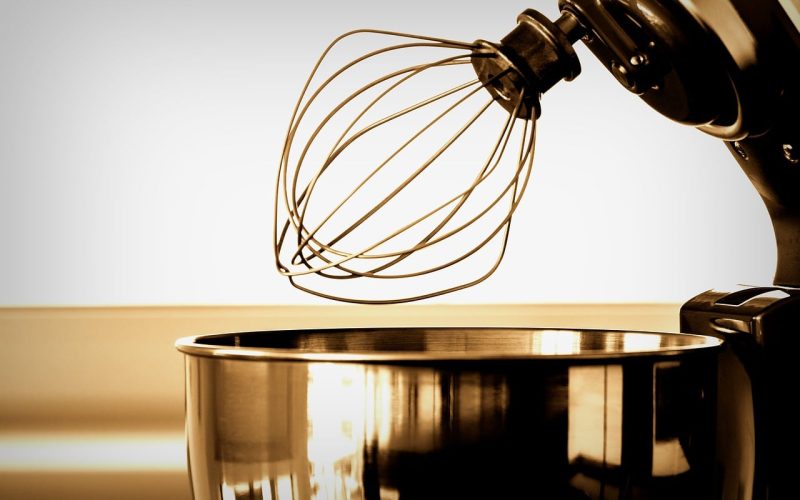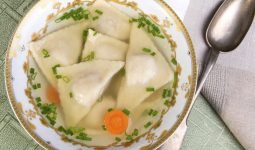A food processor is more than just a blender on steroids. It’s a revolutionary tool that can reduce the labor you must do in the kitchen as swiftly and easily as it does about anything.
It provides many possibilities, from quick meal preparation to generating entire dishes. A food processor can be used to manufacture a wide variety of goods.
Just getting started involves chopping vegetables or pureeing dips. Try these ideas to make the most of your food processor and imagination.
Here are a few quick and easy uses for your food processor. Try these methods to see how to use a food processor much faster and simpler.
How to Use Food Processor?
How to use a food processor involves many careful steps, which are:
1. Put the food processor together. Every brand is unique, but most models are assembled similarly. The plastic bowl should first be fastened to the electric base.
After that, insert the blade. Wiggle the bowl a little to ensure that everything is securely fastened. When installing the processor or replacing the blades, keep it unplugged.
2. Add the ingredients to your recipe. Some recipes instruct you to combine all the ingredients at once instead of blending them one at a time. In this case, you can fill the processor with all the contents before covering it and setting it on.
Ensure you don’t go past the “fill” line on the edge of the plastic bowl when adding liquids. Before putting hot ingredients in the food processor, allow them to cool to room temperature.
3. To combine components more readily, chop larger ingredients into smaller pieces. Unlike a blender, the food processor’s bowl includes a hole in the middle to allow the blade to slot into the machine’s blade shaft. As a result, you should avoid overfilling the bowl to avoid spills.
Organize your food. First, affix the food processor’s lid. Most food processors won’t operate until the top is tightly closed. Then, start digesting your meals.
Food processors commonly use the “run” and “pulse” buttons. These buttons allow food to be chopped, blended, or liquefied.
The “run” button constantly combines the elements. Typically, this button makes sauces without chunks, a smooth soup, or mayonnaise.
Typically, food is chopped using the “pulse” button. The processor will only operate if the button is pressed firmly. Press the button repeatedly for one second until the food is chopped to your preferences. Consult your processor’s maker manual if it has more than two buttons.
4. Include any extra ingredients. Some recipes call for adding specific components gradually while mixing. If the lid of your food processor has a tube, you can add the ingredients while it is operating. Press food into the processor with the help of the plastic or metal tamper. Without a tube, shut off your food processor and lift the lid to add more ingredients.
5. Purge the processor. After you’re done, pour your recipe into a serving dish. Moving the plastic components and blades into your sink will allow you to wash them with soap and water later. Wipe down the electric member with a moist towel to remove any food or liquid streaks.
6. Lastly, using a food processor involves letting the parts dry before reassembling the processor. Never immerse the electric component in water, particularly if it is connected. It could electrocute you and destroy the processor. Never touch the processing blades’ sharp edges.
Conclusion
The inexpensive food processor has become a staple in modern kitchens, indispensable when recipes call for laborious tasks like mincing or pureeing.
The fact that it may be used in other situations to speed up, simplify, and improve cooking is occasionally overlooked.
For your food processor to last long, you must learn how to use a food processor.
Start maximizing the contributions of your kitchen assistant! Bring your food processor back to life and experiment with new uses.








